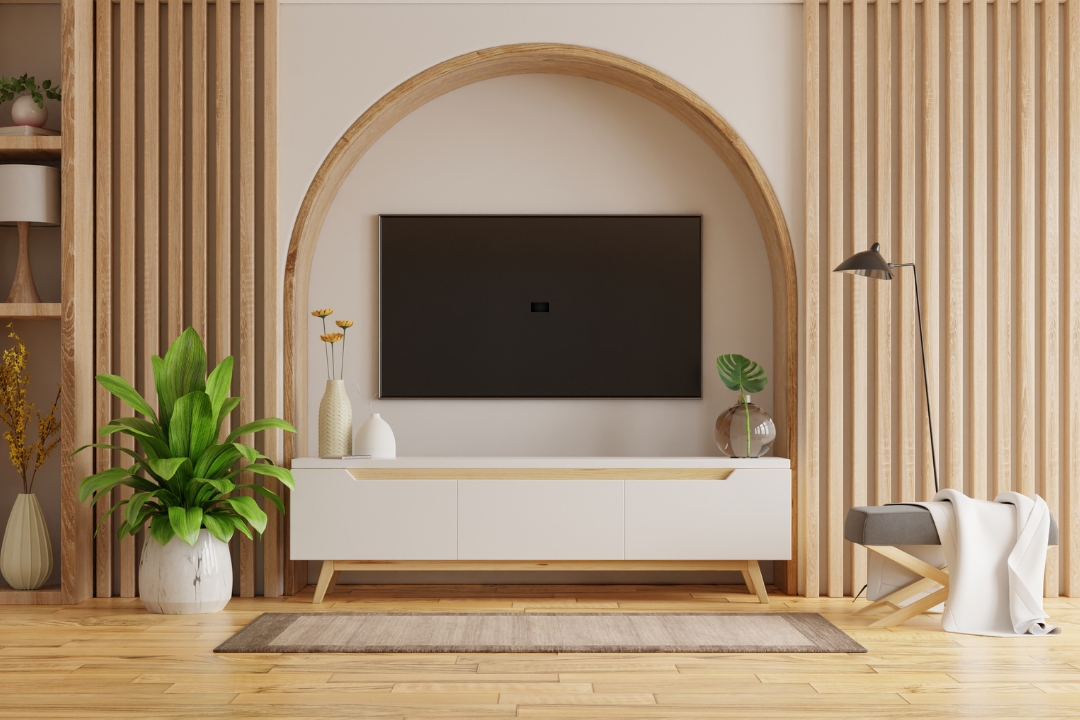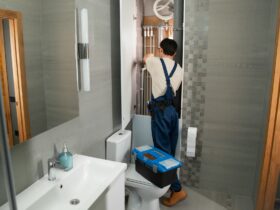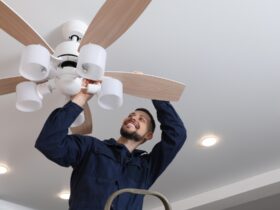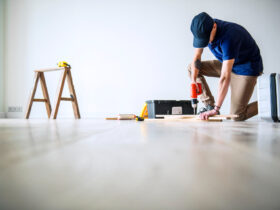A media wall can change the look of any living room, giving the room a statement wall that serves both a stylish and functional purpose. Still, building one that doesn’t take over the room but instead supports it is an art with plenty of science involved. Using this guide, you can design a media wall that complements rather than dominates your living area.
How Big Is the Room?
Note the room’s measurements before embarking on a media wall. Evaluate the amount of space and decide on the size of your media wall. Too big a wall can cramp a room, while a tiny one can defeat the purpose altogether. Measure the room, getting the width, height, and depth so your media wall looks natural. Consider a sleek TV wall unit stand setup to enhance the space.
Choosing the Right Location
Choosing a suitable location is a key part of the process. Your first move should be determining the media wall position based on the natural light sources and the furniture surrounding the room. If placed in front of a window, the media wall would create a reflective glare on the screens—not an ideal viewing scenario. Pick a location with an unobstructed view from various seats that does not block the path or focus point.
Choose Elements of Design That Are Functional
Functional design elements are essential when designing a media wall. Constructing shelving units, cabinets, and drawers can offer additional usable space for electronic devices, accessories, and other items. Use adjustable shelving for electronics and decorative items. With the addition of practical storage elements, the media wall is not just a visual treat but also a functional space.
Pick Materials Wisely
Media walls are visually appealing and must be durable. The material used is essential in determining its strength. The options, including wood, metal, and glass, offer distinct nuances and textures, giving your living space a finishing touch. Wood can add warmth and a traditional feel, while metal can bring a sense of modernity. Glass offers a clean, modern appearance. Choose materials that will complement the current decor to create a cohesive look with the style of the room.
When Technology Blends In
The heart of any media wall is technology integration. Keep cables and wires behind the wall to ensure a clean look in the room. Select a design that meets present and future technology requirements. To maintain the clean, modern nature of your space, consider implementing smart technology, built-in speakers, and remote-controlled lighting to enhance the experience.
Balance Between Style and Substance
It is key to strike a happy balance between style and substance in media wall designs. It’s great that the wall looks good, but it has to perform its function. Choose a design that suits your style without compromising on utility. Introduce palettes and textures that match the current decor, contributing to the overall seamless outfit of the area.
Add Personal Touches
Personalizing the media wall can make it more than just a fixture in your home; it can be a statement. Hang artwork, photographs, or memorabilia to give the wall some character. Add texture and some interest by adding plants or using a sculpture. No two walls will ever look the same, just like us using those personal touches.
Be Flexible and Adaptable
Crafting a media wall with relevance in mind promotes flexibility and adaptability over the years. Opt for modular components that can be rearranged to adapt to shifting needs or preferences. This approach makes it easy to update or add to without needing renovations. Custom designs that offer flexibility ensure the investment remains relevant over the long haul, helping you get optimal use.
Ask for Expert Help
If you’re unsure how to design or build a media wall, getting help from someone with the proper skills and knowledge can be helpful. Interior designers or contractors know how to establish areas that accommodate both beauty and functionality. They can guide you in making your vision a reality without encountering problems.
Conclusion
A media wall can become a room’s primary feature if you’re not careful about its size, position, and design aspects. If it balances functionality and personal style without overdoing it, it can do wonders for a living space. Take advantage of the opportunity to create a personalized feature that meets media needs while looking interesting and pleasant.







Leave a Reply